Healthcare shares are typically viewed as a defensive stronghold in turbulent times. Yet, the past year defied this expectation. The sector tumbled 29%, making it the worst performer across all S&P 500 categories. This surprising downturn has prompted traders to ask: What exactly went wrong, and could this pullback present an opportunity?
In general, healthcare firms fare well even during economic slowdowns. People continue to require medications, medical equipment, and hospital care regardless of economic conditions. With an ageing global population and rising incidences of chronic illnesses, demand for healthcare remains structurally strong.
However, despite these favourable long-term trends, the healthcare sector came under pressure over the past 12 months.
A primary driver of the decline was surging costs, particularly for large firms like UnitedHealth Group (UNH). Post-pandemic, more patients, especially older individuals, sought medical services than expected. This led to a rise in medical expenditure, compressing profit margins. Concerns deepened when UnitedHealth’s CEO stepped down, followed by the company cutting its earnings outlook for the year.
Even so, UnitedHealth continues to post solid top-line growth. Revenues climbed beyond $400 billion in 2023, although elevated costs have weighed on profits. Looking ahead, the firm aims to recalibrate premium pricing and rein in expenses to restore earnings momentum.
Its financial fundamentals remain robust. UnitedHealth benefits from strong cash flow to support dividends and operations. That said, traders should monitor its increasing debt load, which reached $76.9 billion, well above levels seen ten years ago. While debt-funded expansion may be strategically sound, prudent debt management remains essential.
For traders, UnitedHealth shares currently appear undervalued. With an intrinsic value estimated around $570 per share, its forward price-to-earnings ratio of 13.2 looks appealing. If cost controls succeed, its stock could rebound once temporary pressures abate.
Meanwhile, Novo Nordisk presents a contrasting picture. The Danish pharmaceutical powerhouse recorded strong revenue gains, primarily driven by its high-demand diabetes and weight-loss treatments. Profit margins stood at a remarkable 48%, outpacing many healthcare peers.
Nonetheless, Novo Nordisk faces risks stemming from lofty market expectations and reliance on regulatory approval of new drugs. Rising competition, particularly from Eli Lilly, could also challenge its future dominance.
In 2023, Novo increased its debt to over $14 billion after acquiring three Catalent manufacturing sites. While the move enhances production capabilities, it also introduces financial risks. However, Novo’s cash flow remains sufficiently strong to fund dividends and strategic investments.
Importantly, the company’s Return on Invested Capital (ROIC) consistently exceeds its cost of capital, an indicator of sound management. Analysts place its intrinsic share value at approximately $150, well above its current trading price of $80. Despite a higher forward P/E of 19.5, the valuation is justified given Novo’s superior growth outlook.
Given today’s macro backdrop, healthcare stocks could start drawing fresh attention. Ongoing trade tensions, persistent inflation, and waning global growth may remind investors of healthcare’s defensive appeal.
While the sector has recently faltered, underlying demand remains intact. For some traders, the current weakness could represent a prudent re-entry point.
Nonetheless, investors should remain vigilant to firm-specific risks, such as UnitedHealth’s mounting debt and Novo Nordisk’s regulatory exposure. Still, with attractive valuations and strong fundamentals, healthcare may gradually regain favour over the coming months.
Market Movements This Week
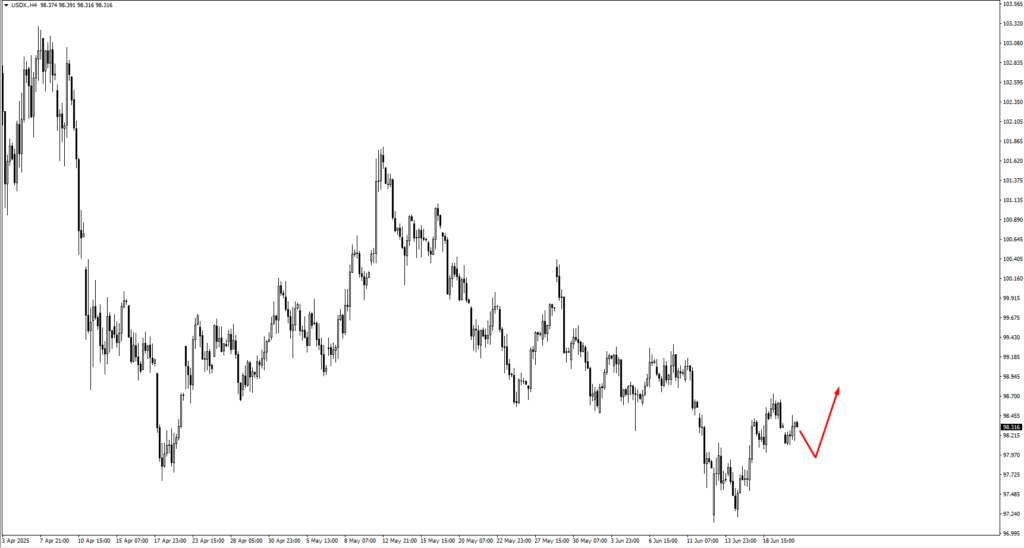
The US Dollar Index (USDX) recently rebounded from the 98.20 region but struggled to attract committed buyers. If this hesitation continues, the index could soften before attempting another move higher. Watch closely for potential support near 97.70. Should strength return, the next resistance lies around the 99.00 level.
EURUSD has broken above 1.15297, signalling possible upside momentum. However, resistance near 1.1550 may cap further gains. If prices retreat, keep a close eye on support around 1.1420.
GBPUSD encountered firm resistance near the 1.3510 zone. Traders should closely monitor for bearish signals around 1.3485, particularly if the market consolidates at current levels. In the event of further upward pressure, 1.3560 would become another critical resistance area. Conversely, downside movements will test supports around 1.3360 and possibly 1.3315.
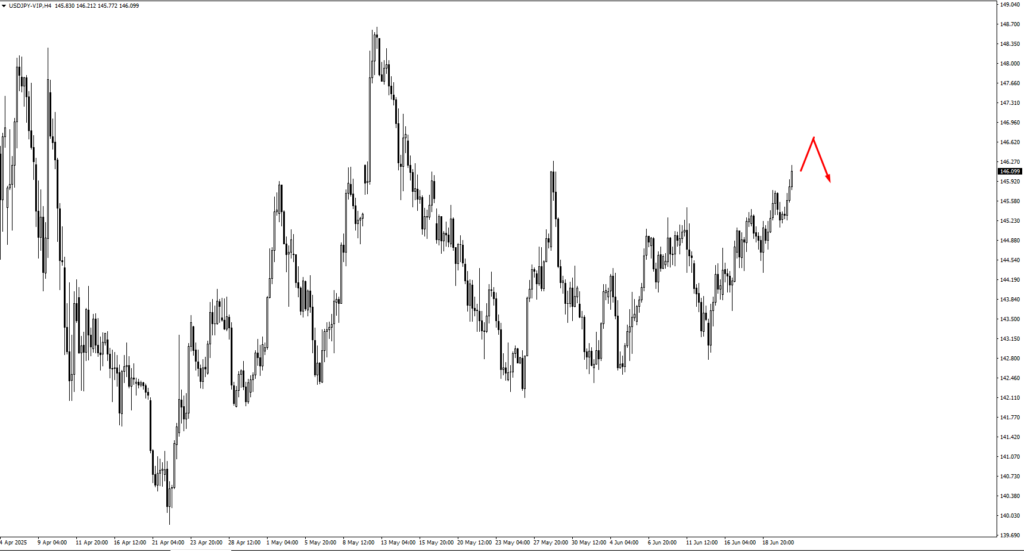
USDJPY continues to move higher after pausing near resistance around 145.75. Potential bearish pressure may re-emerge around the 146.55 area, an important zone to monitor in upcoming sessions.
USDCHF currently sees limited selling activity around 0.8220. Prices could edge higher, targeting the 0.8200 level, but any new upward swing would likely invite fresh bearish activity at the 0.8220 level once again.
AUDUSD faces stiff resistance at the closely monitored 0.6500 zone. A critical test will be the upcoming encounter with its underlying trendline. Traders should be ready for decisive price action once this occurs.
NZDUSD has recently declined from the 0.6025 resistance area. Further downside pressure could test levels around 0.5940 or even down to 0.5900, presenting critical zones to watch for potential reactions.
For USDCAD, the 1.3715 area provided only minor resistance, suggesting upward momentum remains possible. Traders should carefully observe price actions approaching the next critical zone at 1.3795.
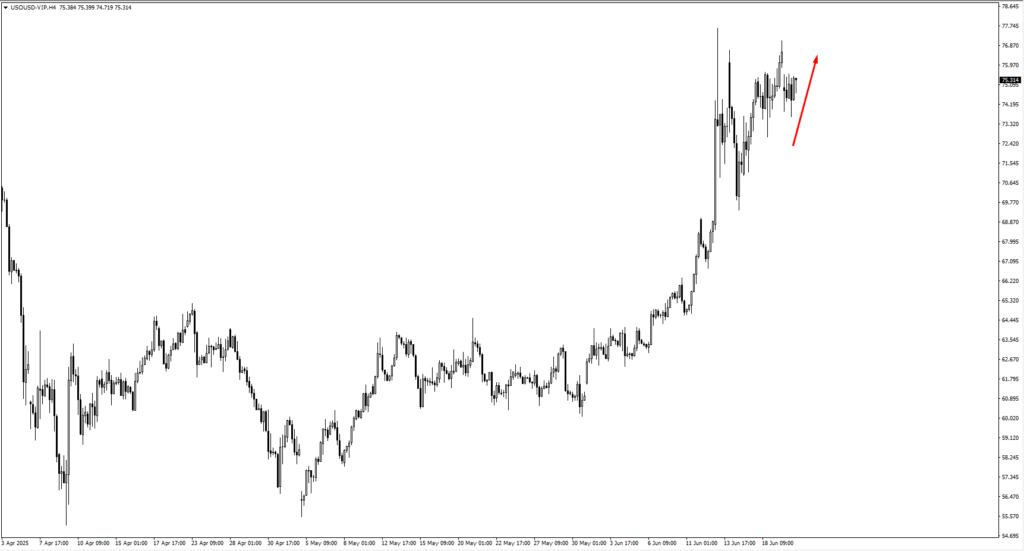
Turning to commodities, US crude oil remains volatile amid escalating geopolitical tension between the US and Iran. The next resistance to watch lies around the 83.90 mark.
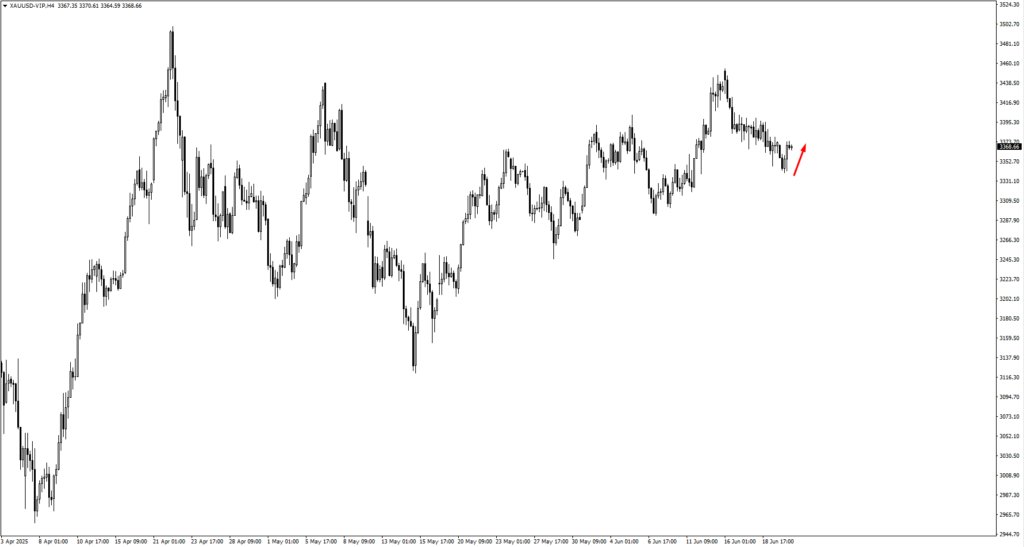
Gold has stabilised at support near 3330, and upward momentum could see a test of resistance at 3410.
As for indices, the S&P 500 remains under pressure in light of geopolitical unrest. Key support to watch is the 5810 area.
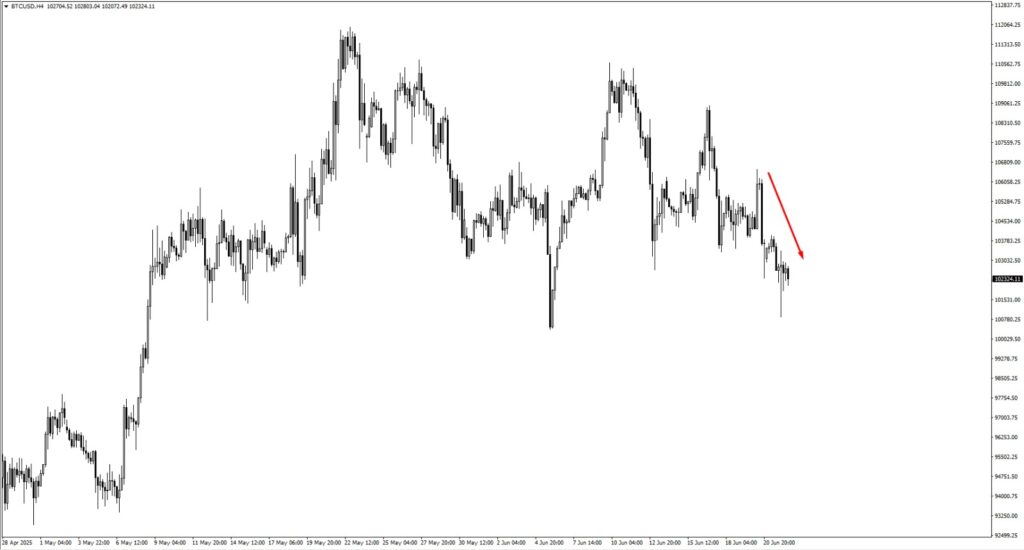
In cryptocurrency markets, Bitcoin (BTC) declined sharply from the 106825 area, subsequently breaking below the 103358 support. The ongoing geopolitical tensions involving the US and Iran could intensify pressure on Bitcoin. If the critical low at 100396 breaks, traders should anticipate deeper consolidation or further downward moves.
Finally, Natural Gas prices sharply retreated after nearing the resistance at 4.06. Further consolidation at current levels could push prices toward a lower critical support zone at 3.57. Traders should watch for clear signals at this level for directional guidance.
Key Events This Week
On Monday, 23 June, attention turns to the Eurozone. Germany’s Flash Manufacturing PMI is forecast to edge up to 48.9 from 48.3, while Services PMI is projected to rise to 47.8 from 47.1. This slight improvement could offer the euro some support to start the week.
In the UK, expectations are for a small increase in Flash Manufacturing PMI to 46.9 (from 46.4), and Services PMI to tick up to 51.2 from 50.9. Better-than-expected readings may offer sterling a modest lift early in the week.
In the US, PMI data suggests a slightly softer outlook. Flash Manufacturing PMI is expected to fall to 51.1 (from 52.0), and Services PMI to 52.9 (from 53.7), potentially exerting downward pressure on the US dollar index.
On Tuesday, 24 June, Canada’s CPI (m/m) is forecast to rise by 0.5%, reversing last month’s -0.1%. This could initially push USDCAD higher, though a retracement may follow soon after.
Come Wednesday, 25 June, Australia will release its annual CPI figure, expected to remain steady at 2.4%. Traders should pay attention to the prevailing price structure around this event.
By Thursday, June 26, the US Final GDP quarterly data will be reported, holding steady expectations at -0.2%. This unchanged forecast prompts traders to focus closely on market structure and price patterns rather than expecting major volatility from this data alone.
Lastly, Friday, June 27, brings the US Core PCE Price Index monthly figures, expected unchanged at 0.1%. Like previous events, market participants should reference existing technical structures and cautiously gauge market reactions accordingly.
Overall, these economic updates provide crucial insights, helping traders navigate currency and equity markets with informed caution this week.
Create your live VT Markets account and start trading now.







